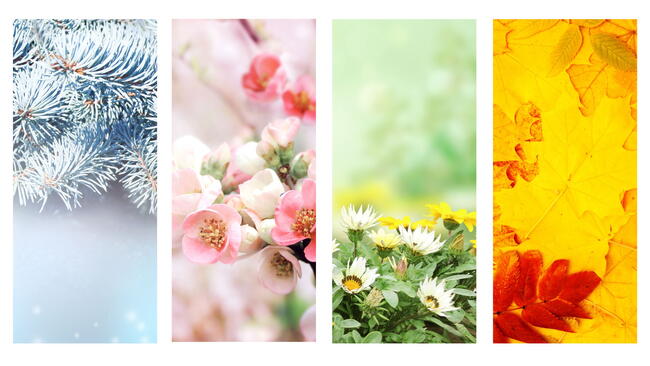
A Midsommar celebration in Stockholm, Sweden.
Celebrate the Summer Season!
ADVERTISEMENT
aside purely meteorlogical connotations, note the carry-through from ancient pagan ritual traditions. the asherah pole, debauched merrymaking and dancing, "passing through the fire" (demon worship), and fairy rituals relating to romance or mating. midsummer's modern observances entirely grounded in the seamless mesh of agricultural and pagan ritual traditions...
As I understand it, the whole "midsummer" thing comes from the Celts--the people who inhabited just about all of Europe that wasn't the Mediterranean, Scandinavia, or the Germanic tribal lands. In their calendar, there were just two seasons--summer and winter. Summer went from Spring Equinox to Fall Equinox. So the summer solstice was midway between the two--which made it "middle of summer"!
Having had the immense pleasure to have lived at high latitudes, there really are two seasons separated by the muddy times.
I wish more of my Viking/Scandinavian heritage was celebrated in the US. I miss living in a place where my grandparents native language was spoken as much as English.
The Seasons are actually a binary cycle, since the position of the Sun moves between two extremes.
If we were to dismiss the astrological and meteorological line relating to the four seasons, it could be possible to say we only have TWO seasons in the year. No, I'm not barmy, just thinking a little bit too deep about these things, I guess.
If midsummer's day is June 24th, then summer, theoretically, begins 6½ weeks earlier, around mid May, and, of course, ends 6½ weeks later, approximately around mid August.
Conversely, mid Winter would be the exact opposite of the above!
Yes, I do realise that we have the seasons, i.e. transition from cold Winter to pleasantly warmer Spring, then onto Summer, then, the cooler months of the leaf fall in Autumn and back to Winter again, the full cycle.
Thanks for reading my ramblings. It's something to think about, eh?!?
You are correct. I read that in ancient Mesopotamia, just two seasons were recognized. Link and quote from article below:
“In Mesopotamia the solar year was divided into two seasons, the “summer,” which included the barley harvest in the second half of May or in the beginning of June, and the “winter,” which roughly corresponded to today’s fall–winter. “
https://www.britannica.com/science/calendar/Ancient-and-religious-calendar-systems
You don't know what you're talking about. Midsummer is the half-way point of the growing season.
Skye, not a nice way to address someone who puts there point of view, learned know doubt from family or friends. "You don't know what your talking about" assumes you do?. Now you may be the smartest person on the planet but share and explain rather than trash someone's point of view.
This is the pagan ritual of May Day before the christains tried to stop it.









